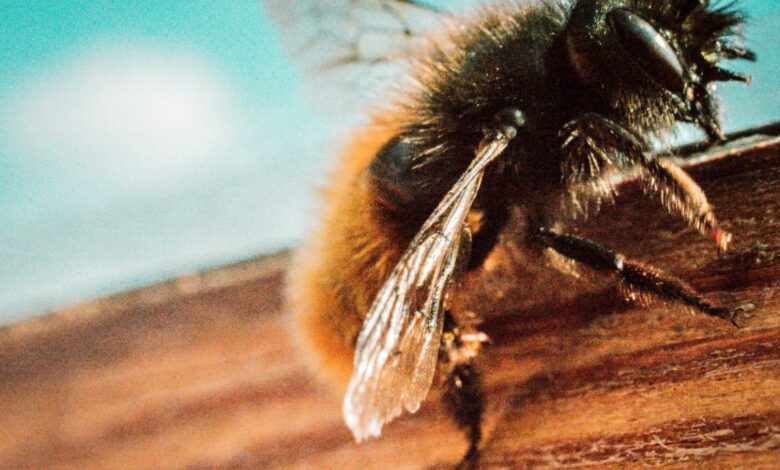Some bumblebees may have lost their sense of smell after heat waves

Extreme heatwaves pose a growing threat not only to humans, but also to important pollinators such as bumblebees. A recent study published in the Proceedings of the Royal Society B reveals that heatwaves can significantly reduce the ability of bumblebees to detect the scents of flowers they rely on for food. The discovery raises concerns about the potential impact of climate change on bee populations and the agricultural industries that depend on them.
Impact of heat on bumblebee physiology
Coline Jaworski, field ecologist at the French National Institute for Agricultural, Food and Environmental Research, told Science.org that heat waves have a marked effect on the physiology of bumblebees. If these bees struggle to find food sources, the consequences could be severe for crops that rely on their pollination. Without successful pollination, seeds will not form, leading to a decline in plant reproduction, which could have disastrous consequences for food supply chains.
Bumblebees play a crucial role in pollinating a variety of crops that contribute to about a third of the world’s food supply. Despite their importance, bee populations have been steadily declining, largely due to habitat loss and climate change. Last year, the planet experienced record-breaking heat, and such conditions are becoming more common, correlating with the continued decline in bee populations, according to the study.
How rising temperatures affect bumblebees
Bumblebees rely on their eyesight to find flower beds, and use their antennae to detect the scent of the most suitable flowers. Receptors in their antennae pick up scent molecules, which are then sent as electrical signals to their brains, helping them decide which flowers to visit. Sabine Nooten, an insect ecologist at Julius Maximilian University of Würzburg, told the publication how rising temperatures are affecting this vital process in bumblebees.
Nooten and her team reportedly conducted experiments on 190 bumblebees from two species common in Europe: Bombus pascuorum and Bombus terrestris. They exposed the bees to a simulated heat wave by placing them in a tube where the temperature was raised to 40°C for nearly three hours, according to Science.org. The team then removed the bees’ antennae and tested their electrical responses to three common floral scents: ocimene, geraniol and nonanal.
The long-term effects of heat exposure
The results showed that heat exposure significantly reduced the bees’ antennal responses to these odors, in some cases by as much as 80 percent. Sandra Rehan, a molecular ecologist at York University, commented on the importance of this study, noting that 40°C is within the range of temperatures currently experienced in many parts of the world.
Worryingly, most of the heat-exposed bees’ antennae failed to recover their ability to detect odors, even after a 24-hour recovery period in cooler conditions. This suggests that the damage caused by heat waves may have long-lasting effects on the bumblebees’ ability to forage effectively.
The study also found that the wild species B. pascuorum was less resistant to heat compared to B. terrestris. In addition, female worker bees, which are responsible for gathering food for their colonies, appeared to be more vulnerable to heat exposure than male bees.
Implications for future research and pollinator health
Future research should investigate whether other bee species and pollinators, such as hoverflies, experience similar heat-induced damage. Jaworski cautions that some solitary pollinators, such as the carpenter bee, may be even more at risk. These insects do not have the benefit of stored food in colonies and could suffer devastating consequences if they cannot forage effectively due to extreme heat.
This research highlights the urgent need to understand and address the impacts of climate change on key pollinators, as their decline could have far-reaching implications for global food security.




